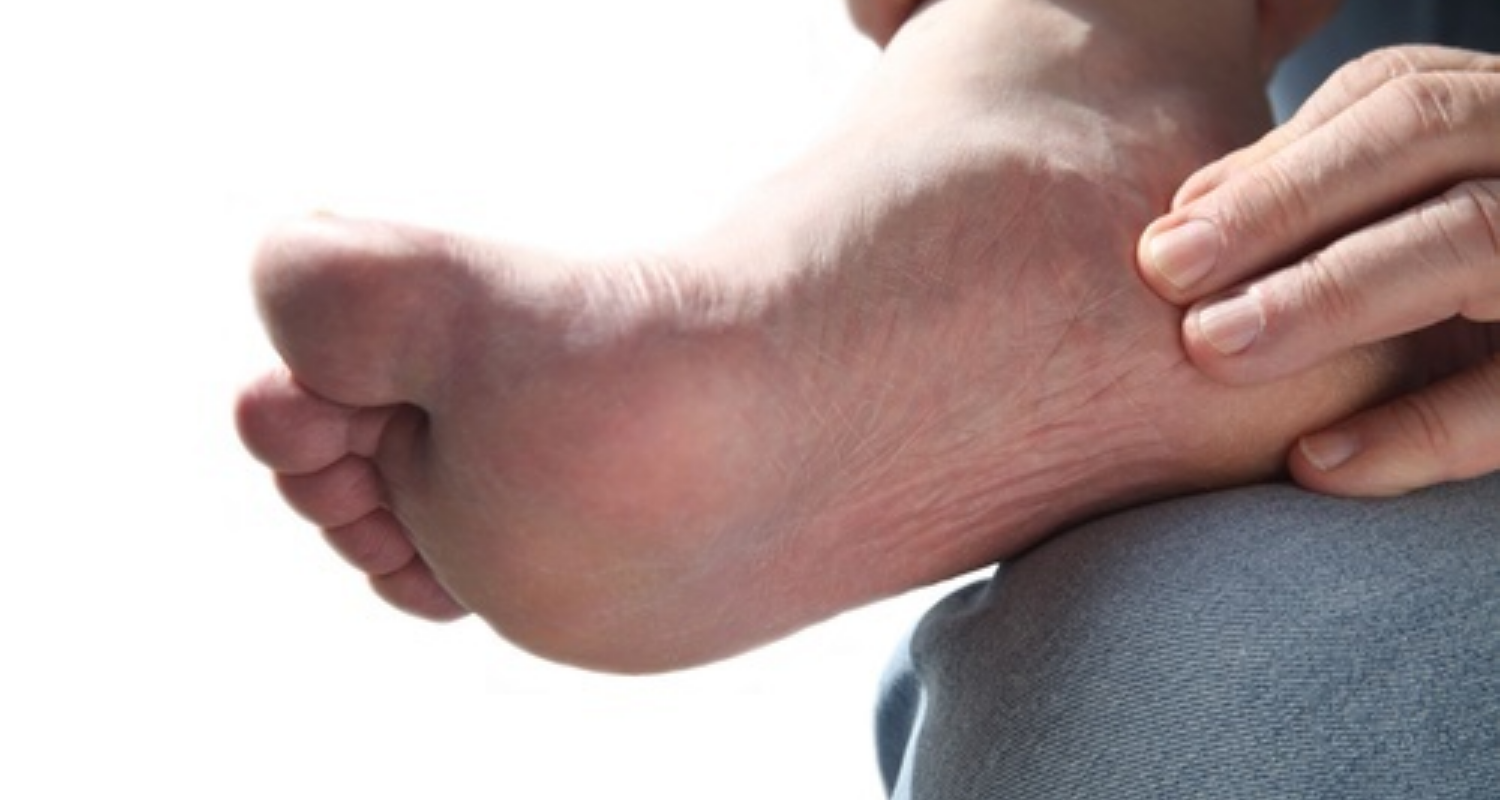Plantar fasciitis is a pain in the butt. Well, more specifically, a pain in the foot.
What is Plantar Fasciitis?
Your plantar fascia is a thick band of connective tissue that runs from your heel to the balls of your feet. Whenever you are on your feet, you plantar fascia is placed in a stretched position due to the biomechanics of your feet. When walking or running, the stress load is even greater, so those that spend a lot of time on their feet are at an elevated risk of developing a case of plantar fasciitis.
What to Do if You Think You Have Plantar Fasciitis
First and foremost, go and get your foot checked out!
While plantar fasciitis isn’t overly serious in and of itself, the pain/symptoms can be similar to those of a stress fracture or bone spur. A stress fracture or bone spur won’t heal without actual medical intervention, so you might want to rule those issues out before working on alleviating your plantar fasciitis symptoms.
Once you’ve determined that you do, in fact, have plantar fasciitis, you can start treating it right away. Here are 3 great treatment options.
Massage—This is simultaneously the most painful and most effective treatment for plantar fasciitis. As the fascia becomes inflamed, it slightly shortens, and that shortening is what causes the pain. Massaging the fascia breaks up the adhesions and helps it to lengthen. Feel free to be aggressive, you won’t make the symptoms worse though your foot will be sore (bruised) for a day or two after. For self-massage, use a golf ball and roll it around on the sole of your foot.
Stretch—If your calves are tight, that can also put excess tension on your plantar fascia. Because the Achilles tendon inserts near the spot where the plantar fascia starts, a tight calf can also effect the bottom of your foot.
Wear Better Shoes—For those with plantar fasciitis, supportive and cushioned shoes are your best bet. Since your foot expands and causes the fascia to stretch when you are standing, a supportive show can take the pressure off of your foot and limit the stress placed on the fascia. And ladies, heels are your worst enemy! Not only are they not supportive, but they also cause your calves to get tighter after walking around in them!
Prevention is Your Best Bet
The best way to deal with plantar fasciitis is to prevent it from the start.
By stretching, wearing the proper shoes, and doing some occasional strengthening exercises for your feet, you can keep your plantar fascia happy.
For me, as a marathon runner, I am very conscious of how my feet are feeling at all times and proactive in keeping my plantar fascia pain free. I live in Florida, and I wear sandals (non-supportive, low-cushion shoes) all of the time. While this could be bad for my feet, since I’ve been doing this for years it has increased the strength of the small muscles in my feet. These muscles help to protect my fascia from the excess stress that causes inflammation. I also keep a golf ball by my computer and I use it to massage my feet almost every day. I also try to work on my overall flexibility regularly.
But the biggest key for me is listening to my body. By being aware of how I feel, I’m able to nip many potential problems in the bud and prevent little things from becoming big things.
I’d encourage you do the same.
And remember, an ounce of prevention is always better than a pound of cure! If you would like to explorer additional opportunities to cure plantar fasciitis please check out the PLANTAR FASCIITIS CURE program. We have recommended this product to many of our readers and have received feedback that it was an essential tool in helping them cure their plantar fasciitis.

Leave a Reply